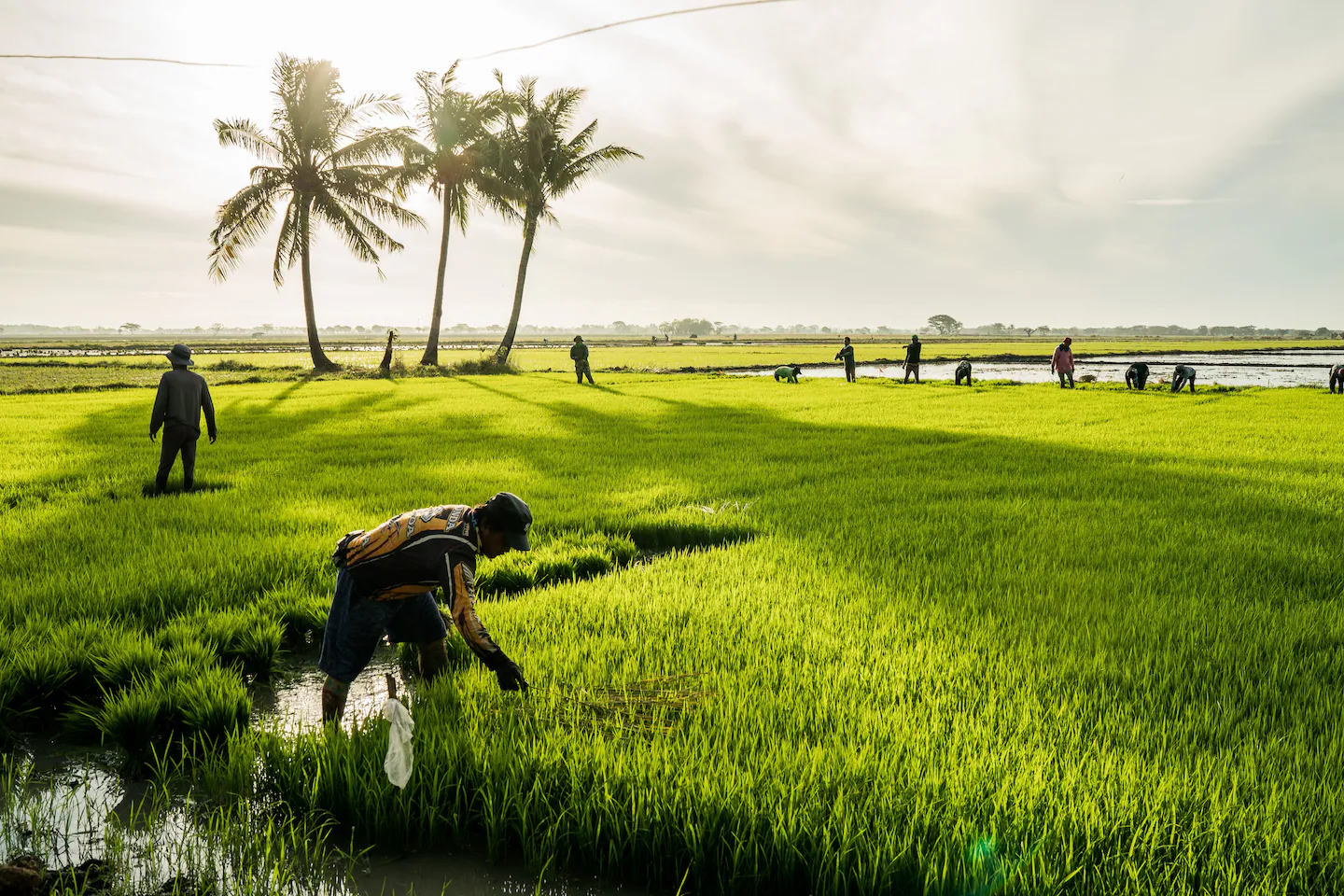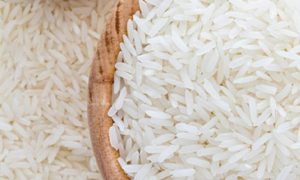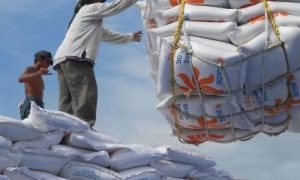Government Looks At Covering 25% Kharif Paddy Area with Climate-Resilient Seeds

India, the world’s second-largest rice producer, cultivates paddy on over 410 lakh hectares during the kharif season. ICAR’s Director General, Himanshu Pathak, noted the adoption of climate-resilient seeds in wheat is at 75% but lower in paddy. ICAR has developed drought and lodging-resistant paddy seeds covering 16% of the area in 2023, aiming for 25% in 2024. Climate change threatens rice yields, with India producing 136.7 million tonnes in 2023-24, led by states like West Bengal and Uttar Pradesh.
India, the world’s second-largest rice producer after China, cultivates paddy on over 410 lakh hectares during the kharif season.
Speaking on the sidelines of ICAR’s 96th Foundation and Technology Day celebrations, ICAR Director General Himanshu Pathak said, “While we have achieved 75% coverage of climate-resilient seeds in wheat cultivation, the adoption in paddy is still limited.”
Pathak revealed that ICAR has developed paddy seeds resistant to drought and lodging. These seeds were sown in 16% of the total paddy area during the 2023 kharif season.
“For the ongoing kharif season, we aim to increase this coverage to 25%,” he added.
The push for climate-resilient seeds comes at a crucial time. Research studies indicate that climate change could reduce rice yields in India by 3-5% under a medium emissions scenario, and up to 31.3% by 2030 under high emissions.
India’s estimated rice production for the 2023-24 crop year (July-June) stands at 136.7 million tonne. The top rice-producing states include West Bengal, Uttar Pradesh, Punjab, Tamil Nadu, and Andhra Pradesh.
Pathak attributed the record wheat output of 112.9 million tonne in 2023-24 to the widespread use of climate-resistant seeds, despite weather aberrations.
The government now hopes to replicate this success in paddy cultivation.
Sowing of paddy, the main kharif (summer) crop, is underway across the country. As of now, about 60 lakh hectares have been covered under paddy since the start of sowing operations in June, according to government data.
The adoption of climate-resilient varieties could play a crucial role in safeguarding India’s rice production in the face of increasing climate uncertainty.
Source Link : https://www.ndtvprofit.com/amp/nation/government-looks-at-covering-25-kharif-paddy-area-with-climate-resilient-seeds














